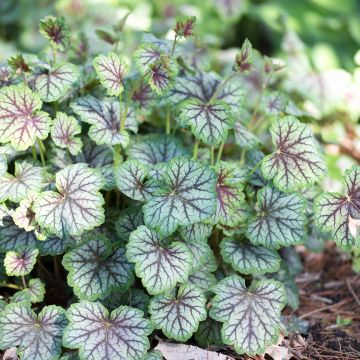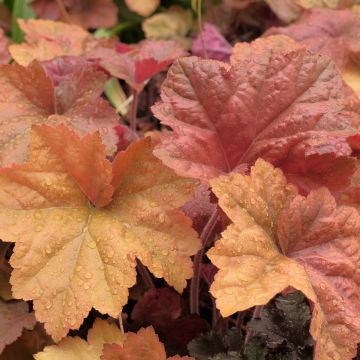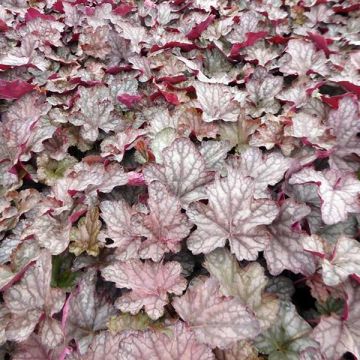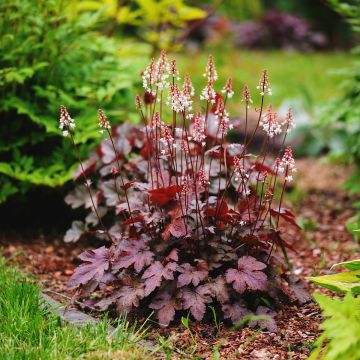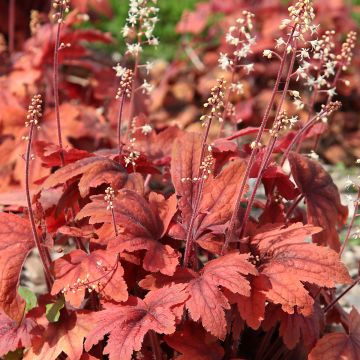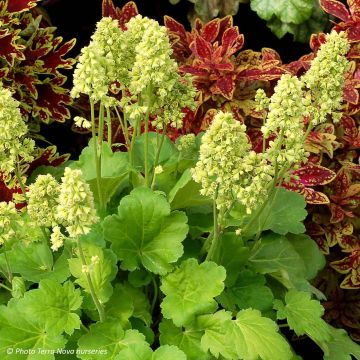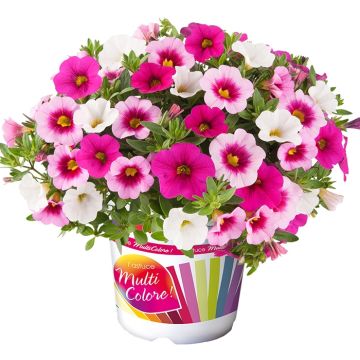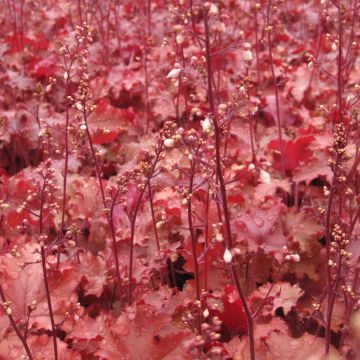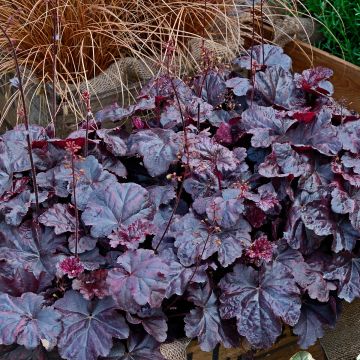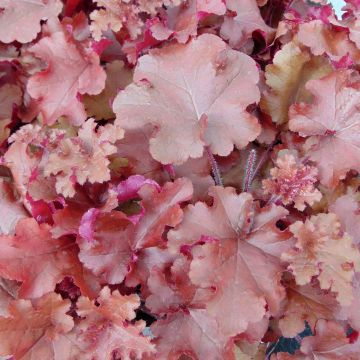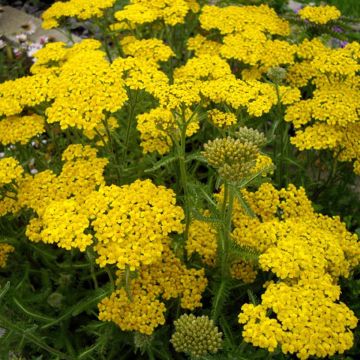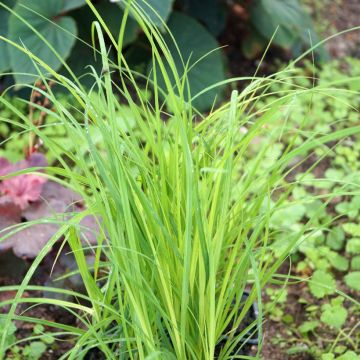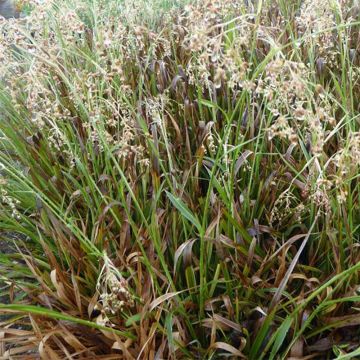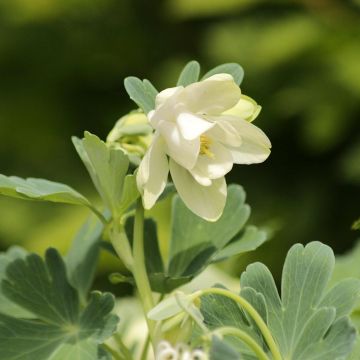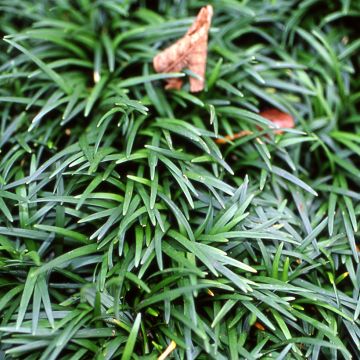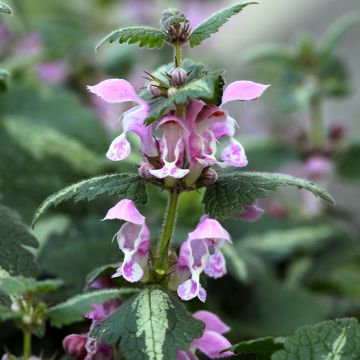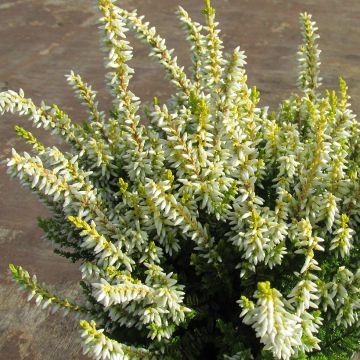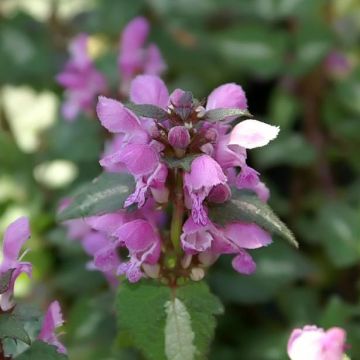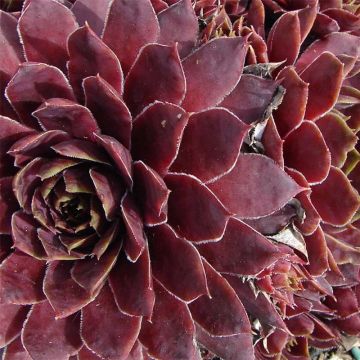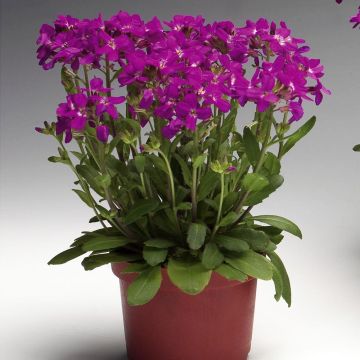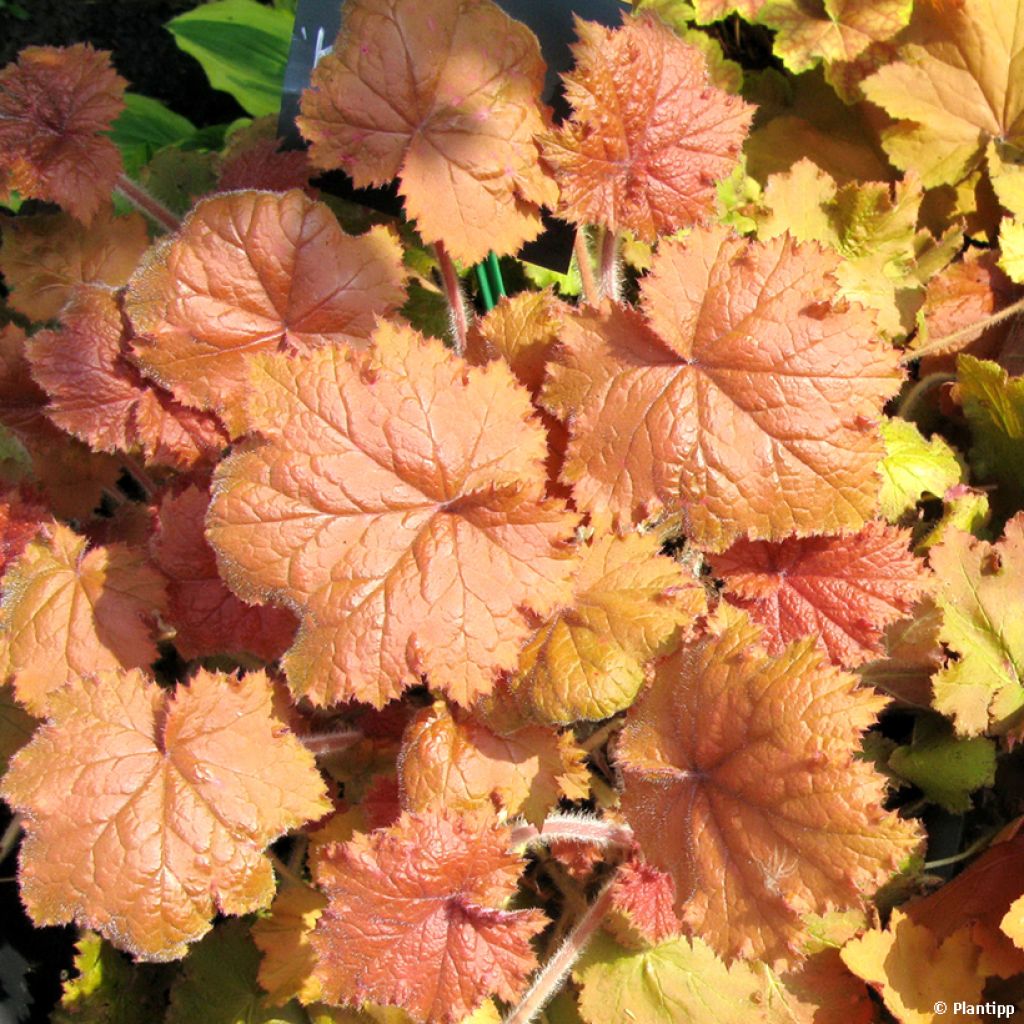

Heuchera Kassandra - Coral Bells
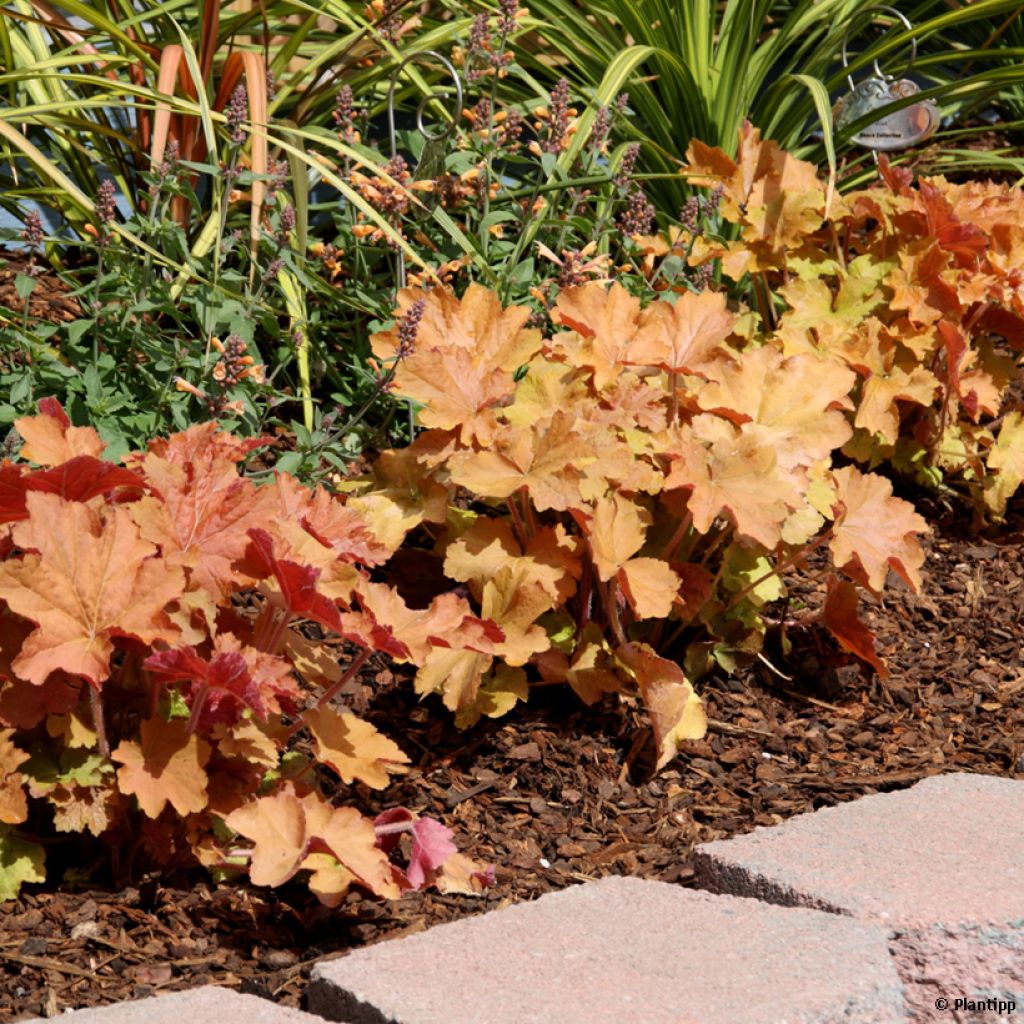

Heuchera Kassandra - Coral Bells
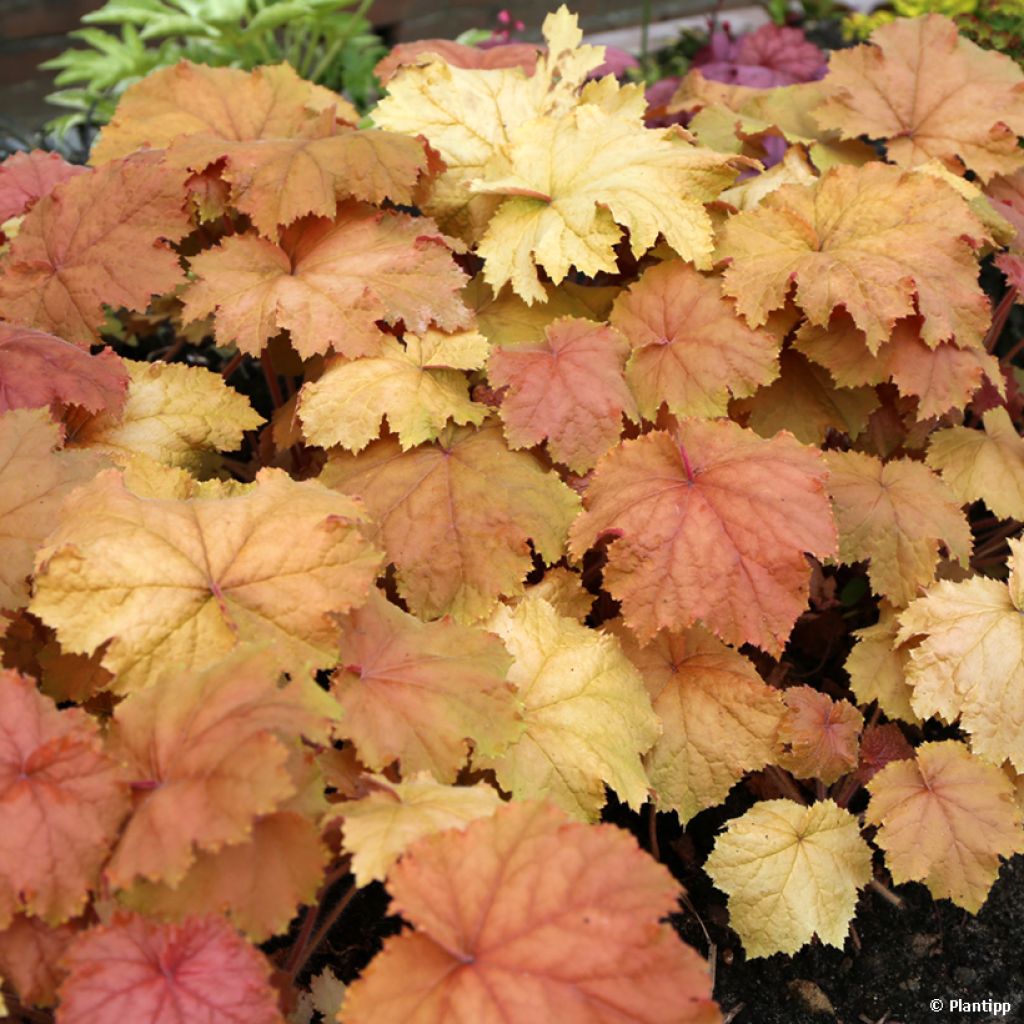

Heuchera Kassandra - Coral Bells
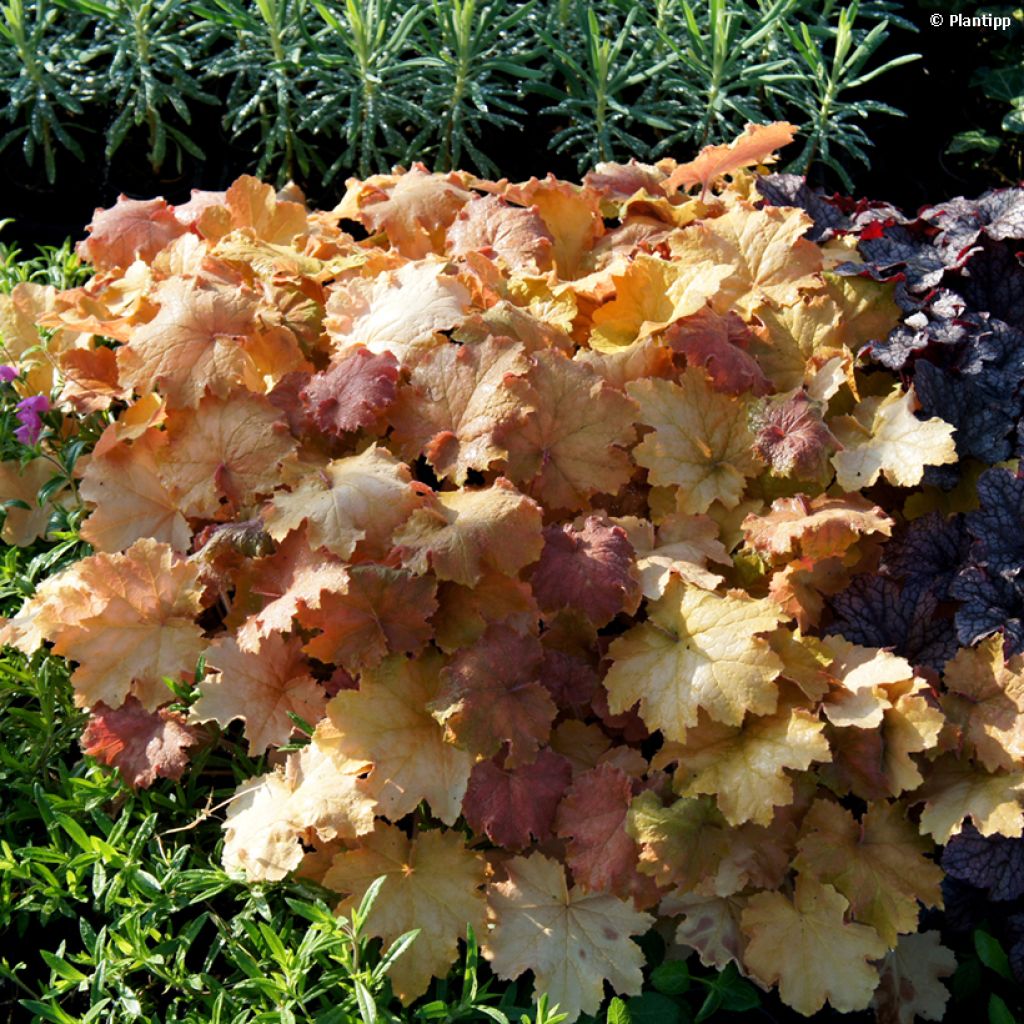

Heuchera Kassandra - Coral Bells
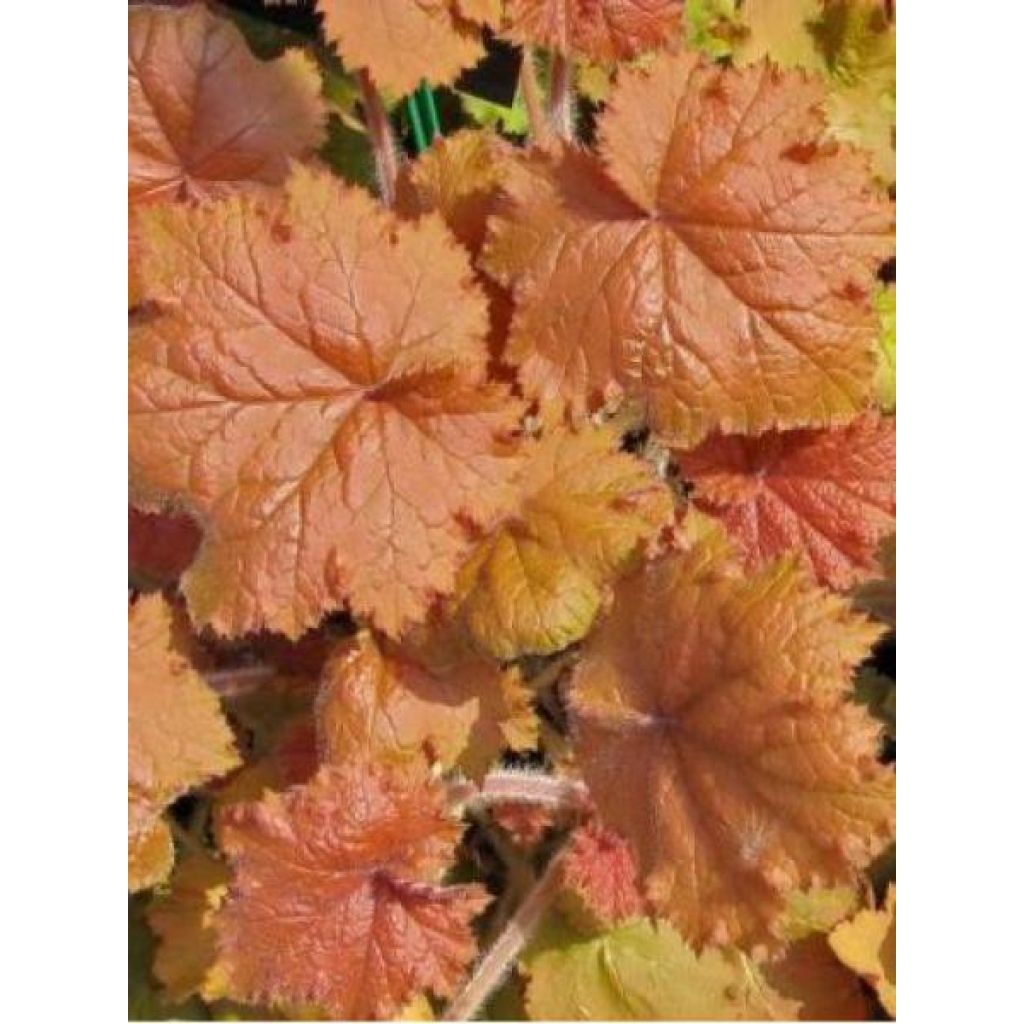

Heuchera Kassandra - Coral Bells
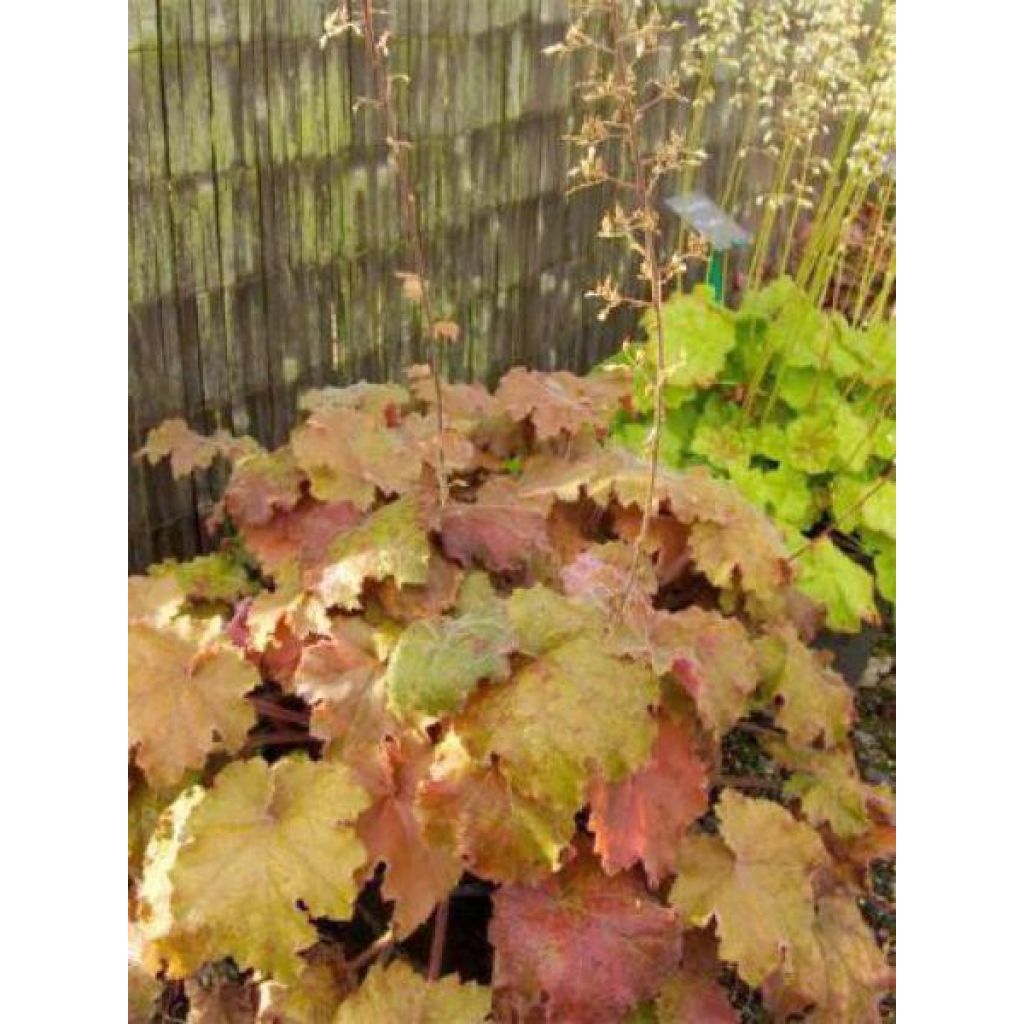

Heuchera Kassandra - Coral Bells
Heuchera Kassandra - Coral Bells
Heuchera (x) villosa Kassandra
Coral Bells, Alumroot
This item cannot be shipped to the selected country
Delivery charge from €5.90
More information
Schedule delivery date,
and select date in basket
This plant carries a 12 months recovery warranty
More information
We guarantee the quality of our plants for a full growing cycle, and will replace at our expense any plant that fails to recover under normal climatic and planting conditions.
From €5.90 for pickup delivery and €6.90 for home delivery
Express home delivery from €8.90.
Does this plant fit my garden?
Set up your Plantfit profile →
Description
The Kassandra Heuchera is a worthy descendant of the famous Caramel, whose wonderful evergreen foliage evolves throughout the seasons. Kassandra has perhaps even more colourful, certainly more orange, large leaves with a wine-red underside that change from gold in spring to orange tones in summer, gradually turning to rosy caramel, reddish-pink, and finally brown at the end of the season. In the heart of summer, it is adorned with arched stems bearing a cloud of creamy-white flowers. This Heuchera is greedy and needs fertile soil. It tolerates heat and drought fairly well, but not intense sunlight. In the garden, it will form a fantastic, remarkably colourful ground cover in partial shade or even in full shade.
The 'Kassandra' Heuchera belongs to the Saxifragaceae family. It is a descendant of Heuchera villosa, an undemanding and hardy species native to the Appalachian Mountains in the eastern United States. This hybrid was obtained a few years ago (in 2007) in France by Thierry Delabroye, through cross-breeding the Caramel and Mocha varieties. The plant will reach 40 cm (16in) high (for the foliage) and 50-60 cm (20-24in) wide in 4 to 5 years. This Heuchera forms a spreading, opulent cushion-like clump. Its evergreen foliage is the major asset of this variety. Its large, rounded, slightly lobed leaves display a remarkable colour that evolves throughout the seasons, in a palette of warm and bright colours. The foliage remains decorative in winter. The light and airy flowering begins in June-July and continues until September. The flowers are initially cream-white and then become white, arranged along an upright and arched stem. This plant has a shallow root system.
The Kassandra Heuchera is an excellent ground cover for shaded areas of the garden, even occasionally dry in summer. Its foliage remains decorative throughout the year, and its flowering brings lightness to any setting. For example, pair it with the blue blooms of forget-me-nots, Siberian bugloss, ajuga, columbines, campanulas, or the lush foliage of hostas, always in the shade. It always pairs well with foamflowers. It grows well in pots, alongside grasses such as Carex testacea and Agropyron magellanicum. In a small shady rockery, it will accompany small ferns such as Adiantum pedatum, or the beautiful marbled foliage of Asarum splendens. Planted en masse, it will form an astonishing ground cover along an east-facing pathway.
Report an error about the product description
Flowering
Foliage
Plant habit
Botanical data
Heuchera
(x) villosa
Kassandra
Saxifragaceae
Coral Bells, Alumroot
Cultivar or hybrid
Other Heuchera
Planting and care
Prepare a planting hole of 20 cm (8in) x 20 cm (8in) x 20 cm (8in) for your Kassandra heuchera. If your soil is heavy, mix some compost with the soil, partially fill the hole, and place your plant (after removing the pot) so that the top of the root ball is covered with 3 cm (1in) of soil. The addition of a slow-release fertiliser (bonemeal) will nourish your plant during its rooting period without the risk of burning. Firm the soil and water generously to eliminate air pockets. If the weather is dry, you will need to water regularly for a few weeks to aid the establishment of your plant. Heucheras renew their foliage at the end of winter, so we recommend cutting back the previous year's leaves in January or February.
Planting period
Intended location
Care
This item has not been reviewed yet - be the first to leave a review about it.
Ground cover perennials
Haven't found what you were looking for?
Hardiness is the lowest winter temperature a plant can endure without suffering serious damage or even dying. However, hardiness is affected by location (a sheltered area, such as a patio), protection (winter cover) and soil type (hardiness is improved by well-drained soil).

Photo Sharing Terms & Conditions
In order to encourage gardeners to interact and share their experiences, Promesse de fleurs offers various media enabling content to be uploaded onto its Site - in particular via the ‘Photo sharing’ module.
The User agrees to refrain from:
- Posting any content that is illegal, prejudicial, insulting, racist, inciteful to hatred, revisionist, contrary to public decency, that infringes on privacy or on the privacy rights of third parties, in particular the publicity rights of persons and goods, intellectual property rights, or the right to privacy.
- Submitting content on behalf of a third party;
- Impersonate the identity of a third party and/or publish any personal information about a third party;
In general, the User undertakes to refrain from any unethical behaviour.
All Content (in particular text, comments, files, images, photos, videos, creative works, etc.), which may be subject to property or intellectual property rights, image or other private rights, shall remain the property of the User, subject to the limited rights granted by the terms of the licence granted by Promesse de fleurs as stated below. Users are at liberty to publish or not to publish such Content on the Site, notably via the ‘Photo Sharing’ facility, and accept that this Content shall be made public and freely accessible, notably on the Internet.
Users further acknowledge, undertake to have ,and guarantee that they hold all necessary rights and permissions to publish such material on the Site, in particular with regard to the legislation in force pertaining to any privacy, property, intellectual property, image, or contractual rights, or rights of any other nature. By publishing such Content on the Site, Users acknowledge accepting full liability as publishers of the Content within the meaning of the law, and grant Promesse de fleurs, free of charge, an inclusive, worldwide licence for the said Content for the entire duration of its publication, including all reproduction, representation, up/downloading, displaying, performing, transmission, and storage rights.
Users also grant permission for their name to be linked to the Content and accept that this link may not always be made available.
By engaging in posting material, Users consent to their Content becoming automatically accessible on the Internet, in particular on other sites and/or blogs and/or web pages of the Promesse de fleurs site, including in particular social pages and the Promesse de fleurs catalogue.
Users may secure the removal of entrusted content free of charge by issuing a simple request via our contact form.
The flowering period indicated on our website applies to countries and regions located in USDA zone 8 (France, the United Kingdom, Ireland, the Netherlands, etc.)
It will vary according to where you live:
- In zones 9 to 10 (Italy, Spain, Greece, etc.), flowering will occur about 2 to 4 weeks earlier.
- In zones 6 to 7 (Germany, Poland, Slovenia, and lower mountainous regions), flowering will be delayed by 2 to 3 weeks.
- In zone 5 (Central Europe, Scandinavia), blooming will be delayed by 3 to 5 weeks.
In temperate climates, pruning of spring-flowering shrubs (forsythia, spireas, etc.) should be done just after flowering.
Pruning of summer-flowering shrubs (Indian Lilac, Perovskia, etc.) can be done in winter or spring.
In cold regions as well as with frost-sensitive plants, avoid pruning too early when severe frosts may still occur.
The planting period indicated on our website applies to countries and regions located in USDA zone 8 (France, United Kingdom, Ireland, Netherlands).
It will vary according to where you live:
- In Mediterranean zones (Marseille, Madrid, Milan, etc.), autumn and winter are the best planting periods.
- In continental zones (Strasbourg, Munich, Vienna, etc.), delay planting by 2 to 3 weeks in spring and bring it forward by 2 to 4 weeks in autumn.
- In mountainous regions (the Alps, Pyrenees, Carpathians, etc.), it is best to plant in late spring (May-June) or late summer (August-September).
The harvesting period indicated on our website applies to countries and regions in USDA zone 8 (France, England, Ireland, the Netherlands).
In colder areas (Scandinavia, Poland, Austria...) fruit and vegetable harvests are likely to be delayed by 3-4 weeks.
In warmer areas (Italy, Spain, Greece, etc.), harvesting will probably take place earlier, depending on weather conditions.
The sowing periods indicated on our website apply to countries and regions within USDA Zone 8 (France, UK, Ireland, Netherlands).
In colder areas (Scandinavia, Poland, Austria...), delay any outdoor sowing by 3-4 weeks, or sow under glass.
In warmer climes (Italy, Spain, Greece, etc.), bring outdoor sowing forward by a few weeks.

































